
Block 1: Museo
The field parcel information contains basic information about the field and events during the growing season, observations, and yield data.
Block 1
Museo
Area: 4.67 ha
Soil type: Mucky sandy till (mHtMr) and mucky silty clay (mHeS).
A good-quality, though topographically varied, field parcel sloping toward Mustialanlampi, featuring a sunny southern exposure. The soil is fertile and dries quickly in spring, allowing for early cultivation.
In 2020, the “Kosteikkorinne” field parcel was consolidated into this plot.
Restoration measures: In autumn 2020, the roadside ditch along Mönköntie was dredged.
Crop rotation
2025 Silage Grass
2024 Silage Grass
2023 Barley, RGT Planet
Research and trials
Variety and fertilization trial (Yara and Hankkija) (2021)
Year-round vegetation cover and recycled nutrients (2022)
Cultivation Practices
27.4.2025 Fertilization with cattle slurry, 16 tons/ha
30.6.2025 Fertilization with cattle slurry, 16 tons/ha
Silage Grass
7.7.2025
21.7.2025
Cultivation Practices
Silage Grass
5.6. Gathered Silage grass to Rick, Harvest 859.59 ka/ha
23.7. Gathered Silage grass to Rick, Harvest 1714.43 kg ka/ha
10.9. Gathered Silage grass to Rick, Harvest 9 797.99 kg ka/ha
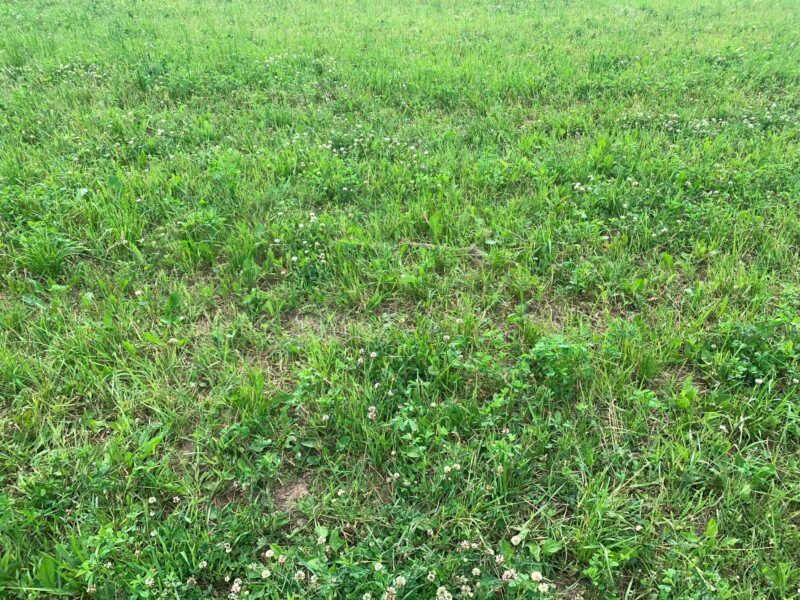
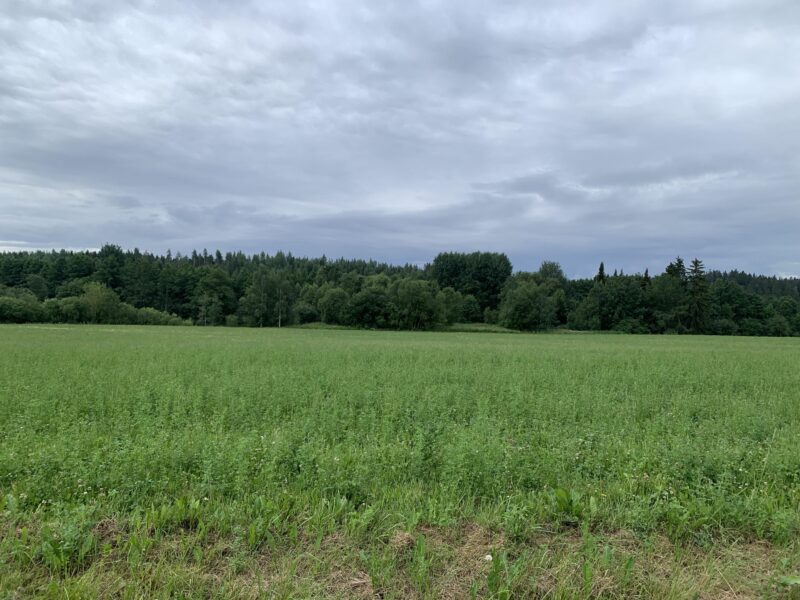
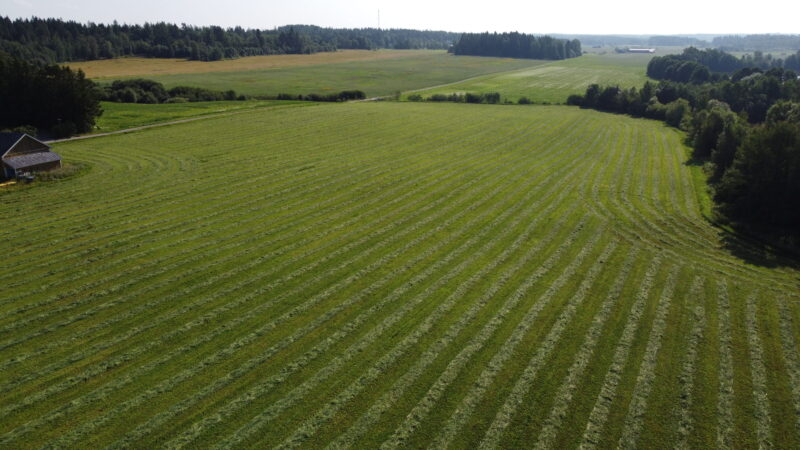
Cultivation measures
Barley + grass seed
7.5.2023 Processing
8.5.2023 Fertiliser, cattle slurry 32tn/ha
9.5.2023 Grazing
9.5.2023 Sowing: barley RGT Planet, 220kg/ha
14.5.2023 Sowing: Naturcom Retu -thinning grass mixture, 30kg/ha
12.9.2023 Planting, yield 2075 kg/ha
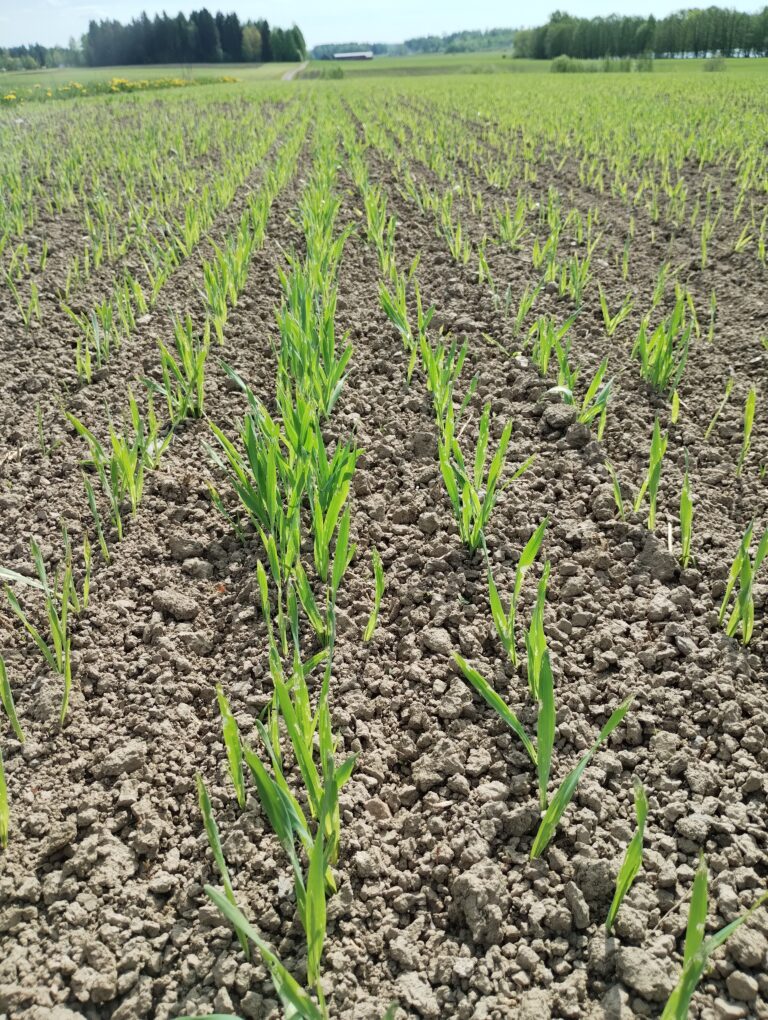
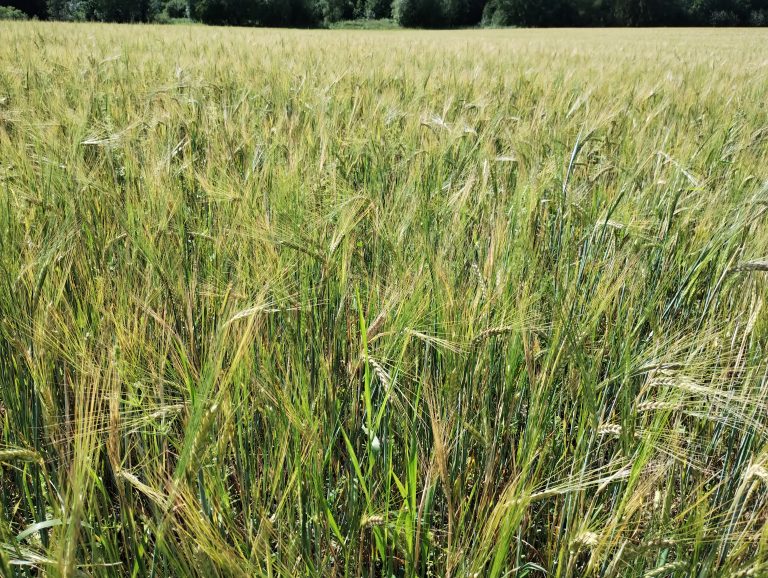
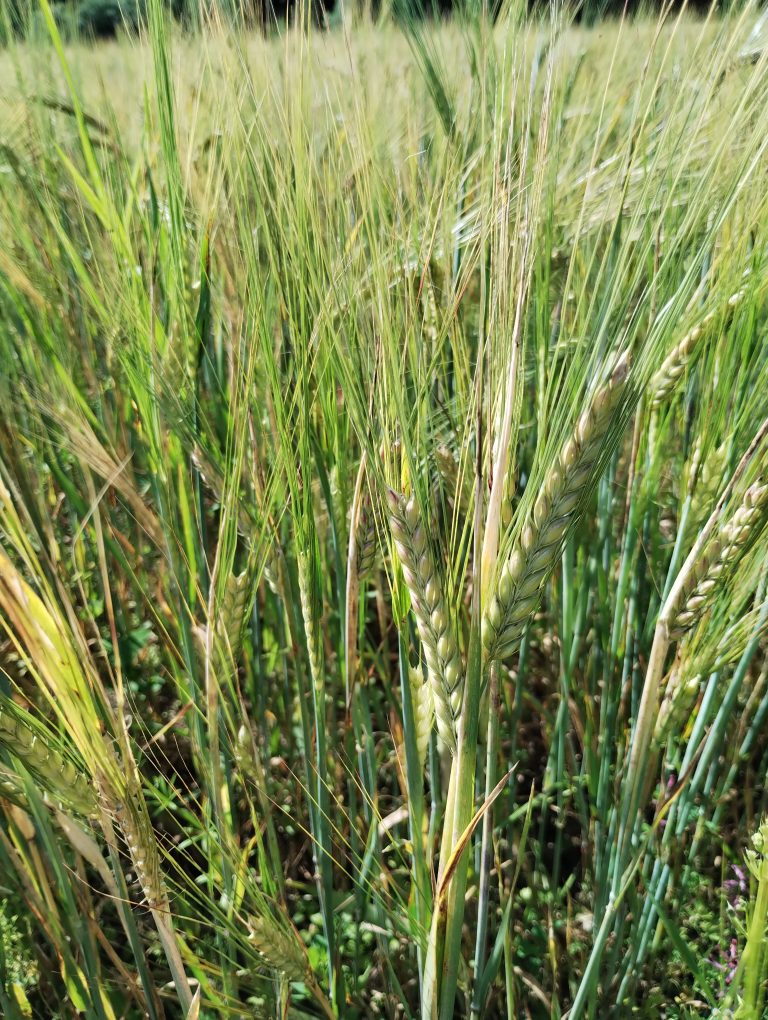
Cultivation measures
Wheat
6.5.2022 Plowing (1 ha)
15.5.2022 Harrowing
16.5.2022 Fertilization, cattle manure 19tn/ha
17.5.2022 Harrowing
18.5.2022 Sowing: Spring wheat, Helmi
25.8.2022 Harvesting, yield 4200 kg/ha
25.9.2022 Fertilization, cattle manure 16tn/ha
16.10.2022 Plowing
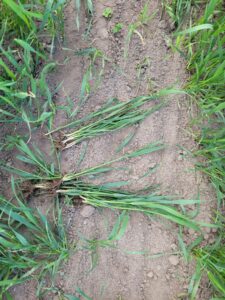
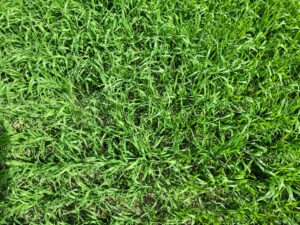
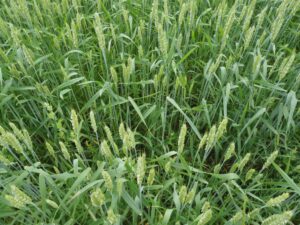
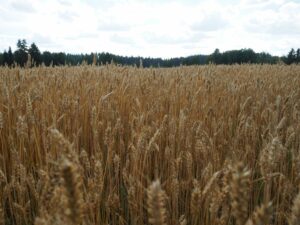
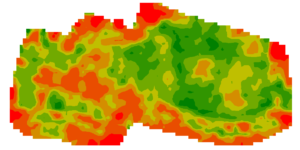
Cultivation measures
Broad Bean, Louhi
18-19.3. 2021: Liming 4 tn/ha
13-14.5.2021: Harrowing twice, cross-cut goosefoot blade
14.5.2021: Sowing: Faba Bean, Louhi 290 kg/ha + English Ryegrass 10 kg/ha
16.5.2021: Rolling
26.5.2021: Fertilization of test plots, 0 kg/ha – 400 kg/ha – 800 kg/ha
1.6.2021: Tillage of test plots
3.6.2021: Sowing of test plots
19.6.2021: YaraVita Biotrac 3 l/ha, in the lower section of test plots
13.8.2021: Harvesting, yield 1163 kg/ha
18.9.2021: Fertilization, cattle slurry 15 tn/ha
11.11.2021: Plowing (3.6 ha)

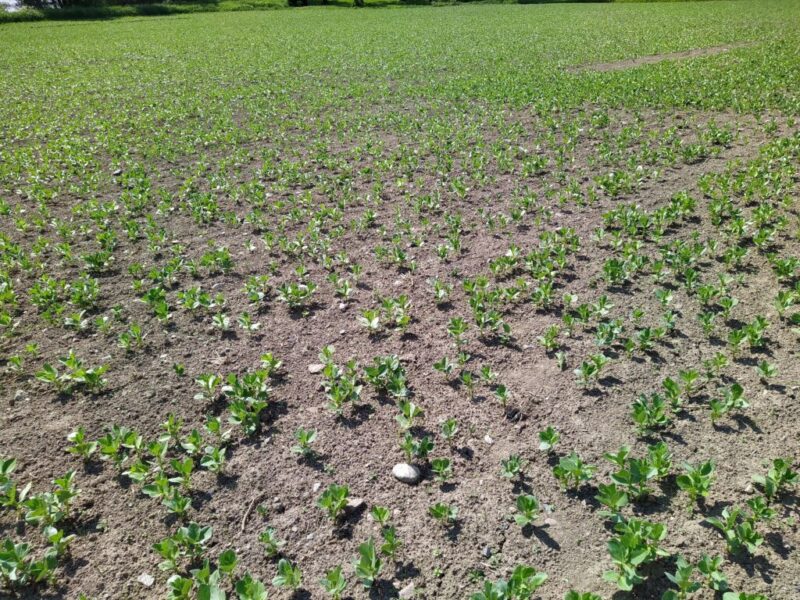
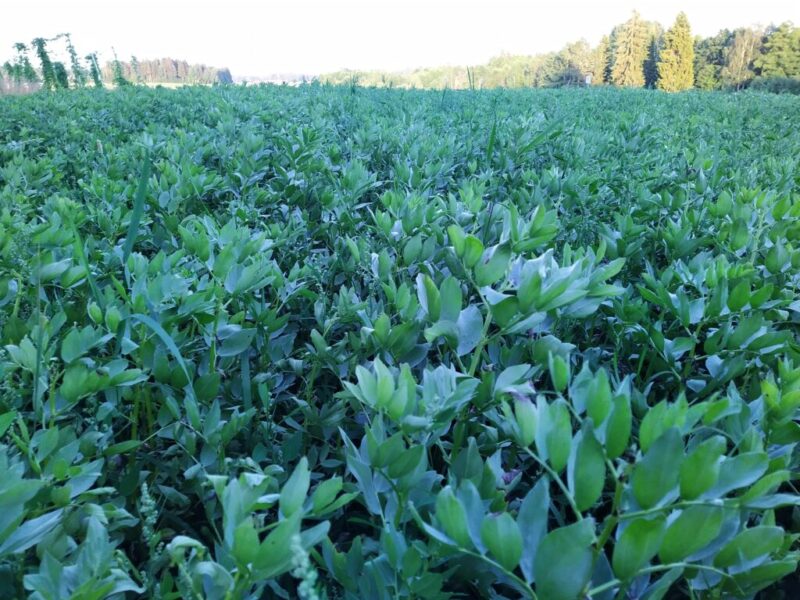

Cultivation measures
Forage grass, 2nd year
27.4.2020 Supplementary sowing, grass seed, Mustiala 2019
4.5.2020 Fertilization, cattle slurry 25 m3/ha
13.6.2020 Mowing
13.6.2020 Mowing
13.6.2020 Harvesting of silage
15.6.2020 Fertilisation, cattle slurry, 15tn/ha
23-24.6.2020 Irrigation
28.7.2020 Harvesting of silage, yield 3073 kg ka/ha
15.9.2020 Silage harvest, yield 1423 kg ha/ha
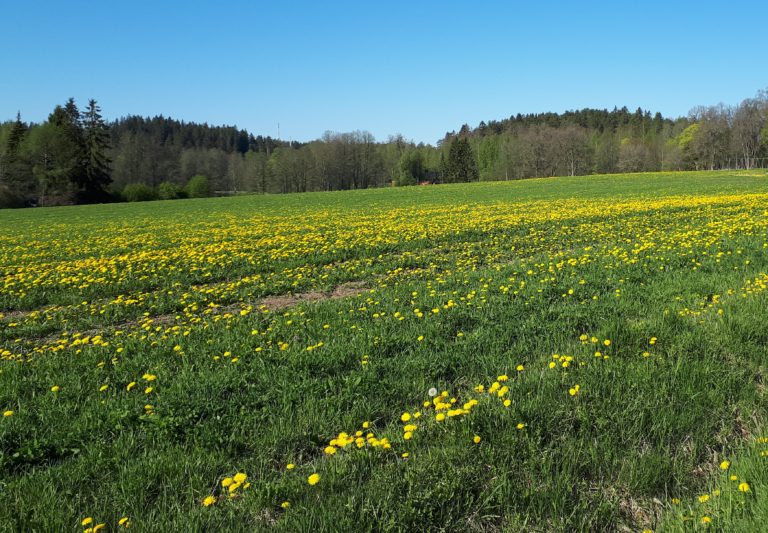
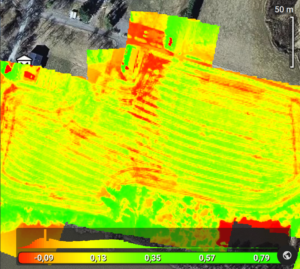
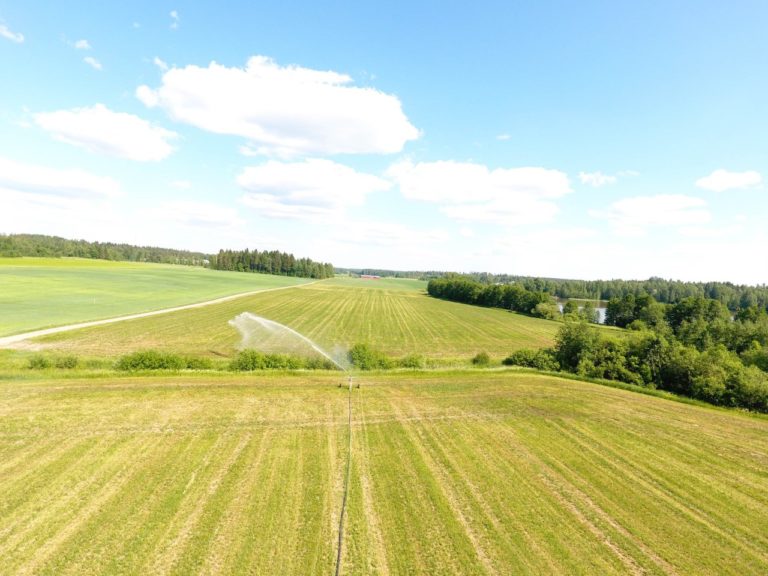
Cultivation measures
Silage grassland, 1st year
13.06.2019 Silage harvest, yield 3500 kg ka/ha.
Observations.
22.07.2019 Silage harvest, yield 1800 kg ha-1.
10.09.2019 Silage harvest, yield 2500 kg ha/ha.
Hop harvest
Weed removal in spring, no harvest.
Potato demonstration field
14.5.2019 Tillage
20.5.2019 Fertilization, Ecolan Agra Patent Kali 200 (K 25%)
22.5.2019 Soil cultivation, tilling 10 cm
22.5.2019 Fertilization, Ecolan Agra (8-4-8) increasing amounts (0 kg/ha, 200 kg/ha, 400 kg/ha, 600 kg/ha)
22.5.2019 Planting, varieties Otolia, Sunita, Colomba Marabel, two 30-meter paired rows per variety. After paired rows, local varieties.
10.7.2019 Observations: Abundant weeds (couch grass, chickweed)
3-4.8.2019 Weed removal
10.9.2019 Harvest
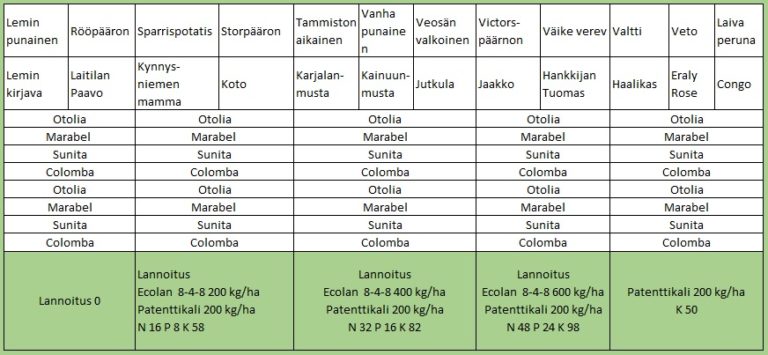
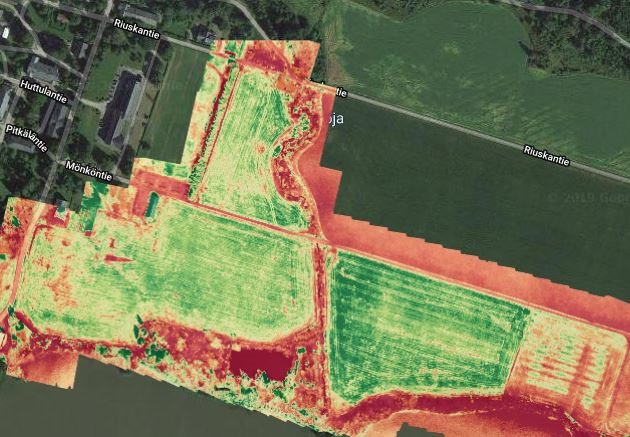
Cultivation Measures
In 2018, plots 1 A Museo, 2 Kosteikkorinne, and 42 Puisto are cultivated as a single growth plot. Plot 1 B Museo also has a hop garden.
Oat Matty and grass seed
11.5.2018 Tillage
15.5.2018 Spring tillage
15.5.2018 Sowing oat Matty 210 kg/ha
15.6.,2018 Weed control + sowing grass seed: grass seed (timothy 40%, reed canary grass Retu/Karolina 25%, blue lupin SW Nexus/Live 20%, Italian ryegrass Meroa 5%, red clover Saija/SW Yngve 5%, alsike clover Frida/Aurora 3%, white clover Jögeva4 2%) 25 kg/ha
11.9.2018 Harvest 2250 kg/ha
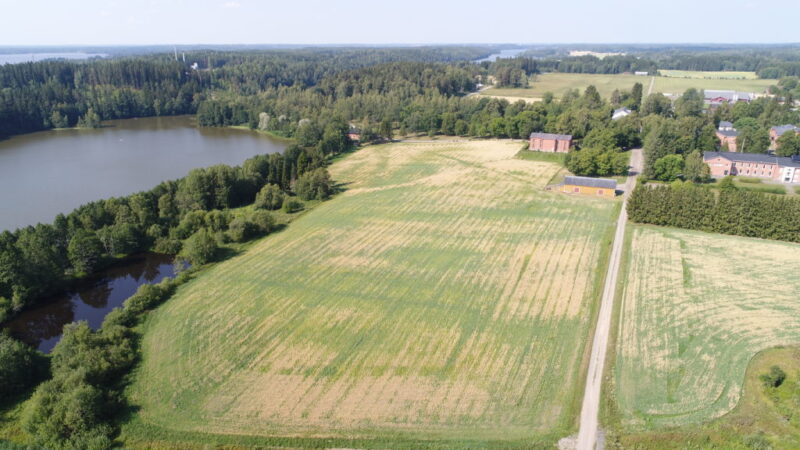
Cultivation Measures
The basic fields 1 Museum, 2 Wetland Slope, and 42 Park were cultivated in 2017 as a single growing area.
Spring Wheat Amaretto
Fall 2016, except for the headlands which were plowed in the spring
10.5.2017 Leveling
11.5.2017 Flex-tillage
12.5.2017 Sowing fertilization: Amaretto 270 kg/ha, TOS seed, YaraMila NK1 (25-0-7-4), 520 kg/ha Nutrients total 130-0-36.4-20.8 kg/ha
16.5.2017 Rolling
6.6.2017 Weed spraying: Ariane S 2 l/ha
29.6.2017 Lodging control + disease treatment: Moddus M 0.25 l/ha, Acanto 0.3 l/ha, Proline 250 EC 0.3 l/ha
29.9.2017 Harvest 4240 kg/ha (average 86%) Nutrients total (92-19-54 kg/ha)
2.11.2017 Plowing
Harvest map 2017
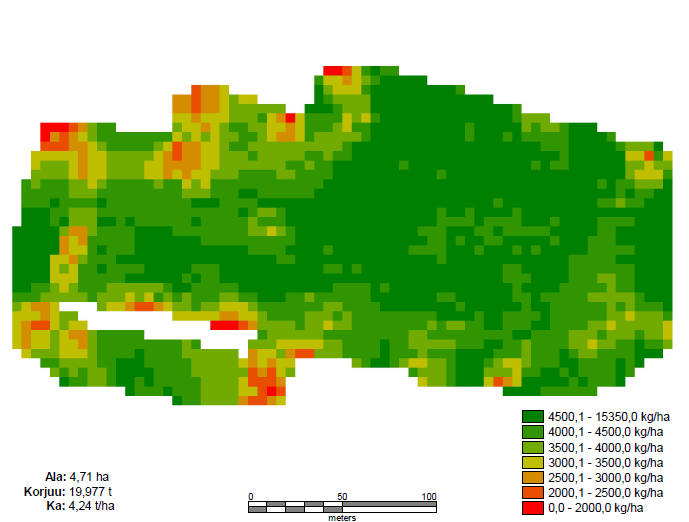
The yield map created by the combine harvester’s yield mapping device. The white area at the edge of the field is due to it being harvested by another combine.
The northern edge has caught up with the other section in terms of yield, but otherwise, the growth in the edges is weaker. In the corners of the museum, the cause is the loss of sowing moisture due to spring tillage, as well as compaction from previous times. Compaction is also noticeable in other edges.
Observations during the growing season
9.10.2017 The oil has been repaired from the block, but moving the bales to the edges of the block has caused indentations in the field.
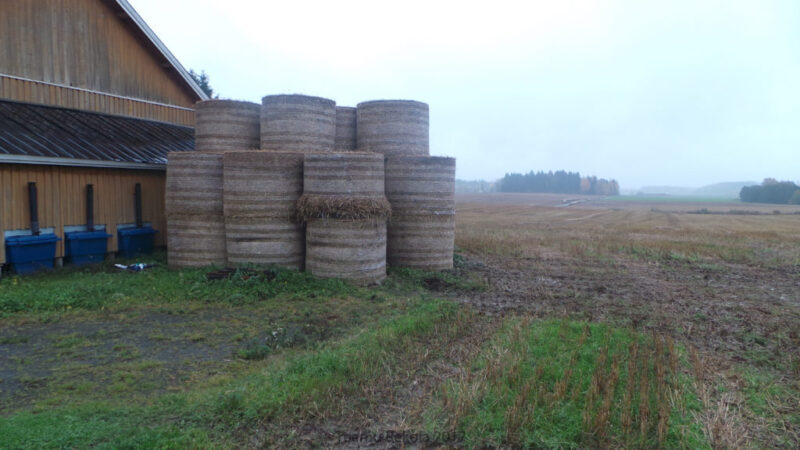
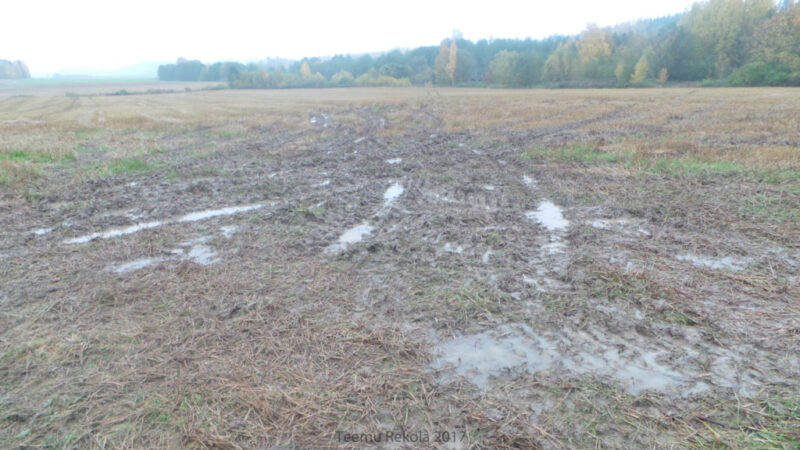
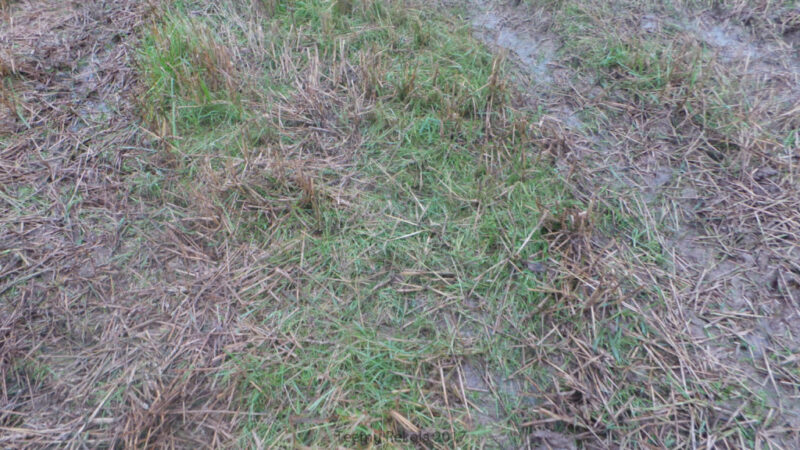
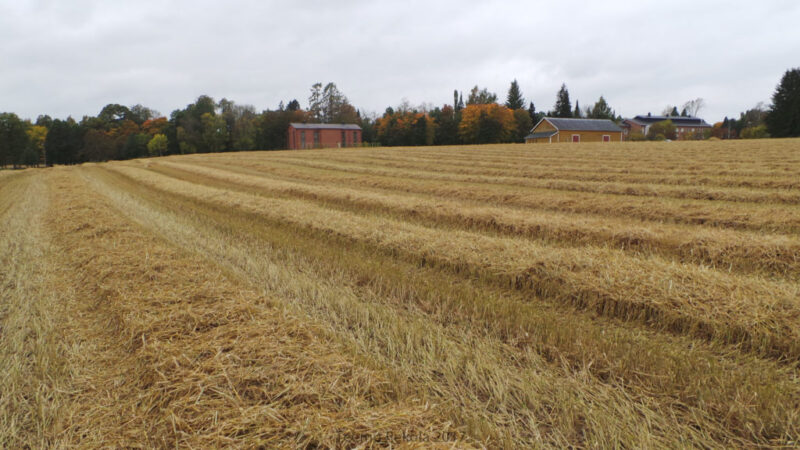
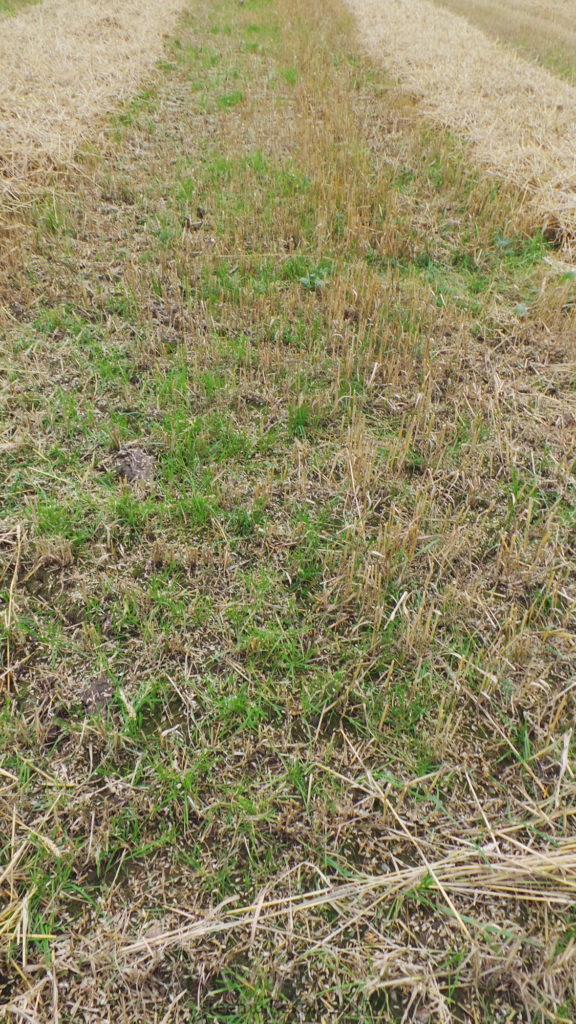
September 25, 2017 There has been little change in the growth over the past two weeks, there is no lodging in the field, and no ear formation has been observed. Growth stage 87-89.
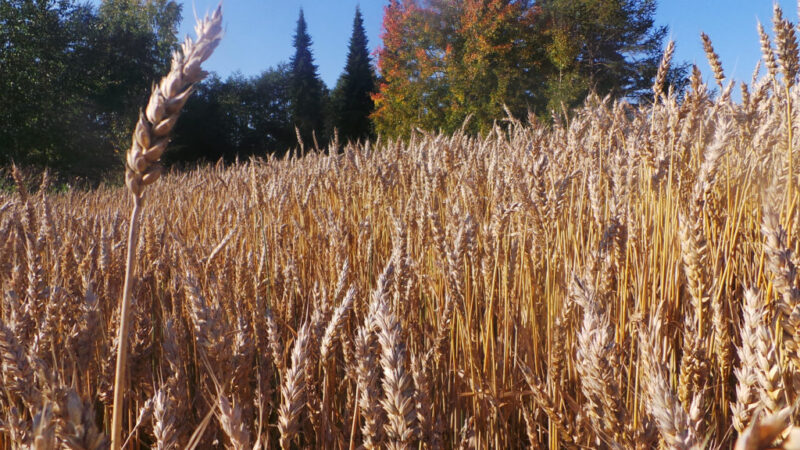

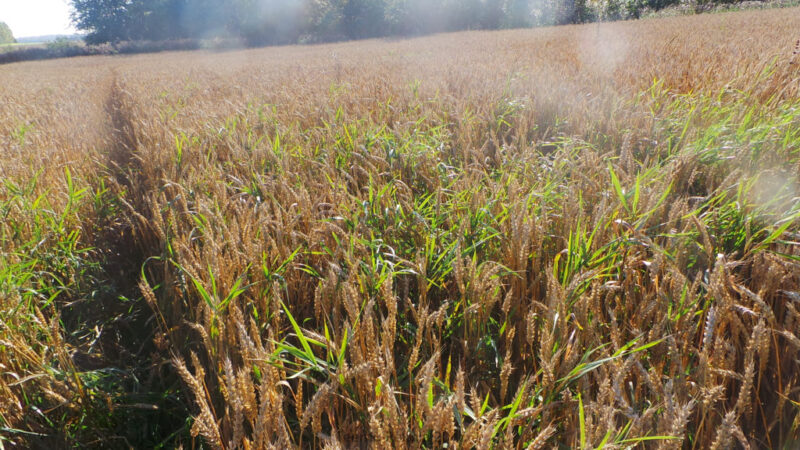
11.9.2017 Kasvuaste 85-87.
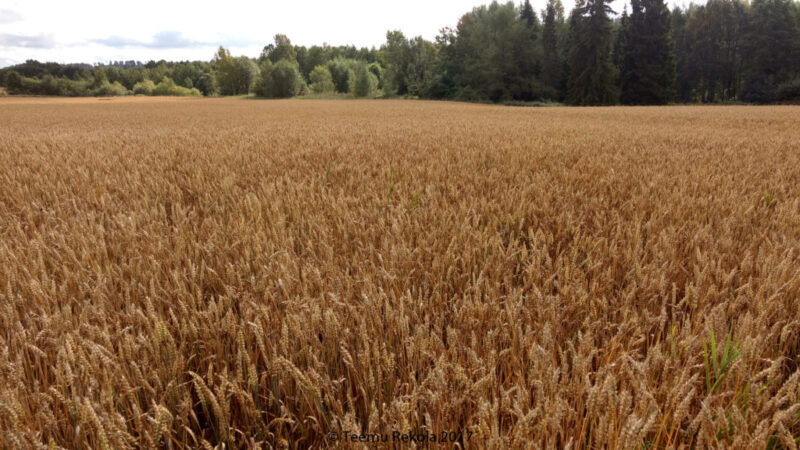
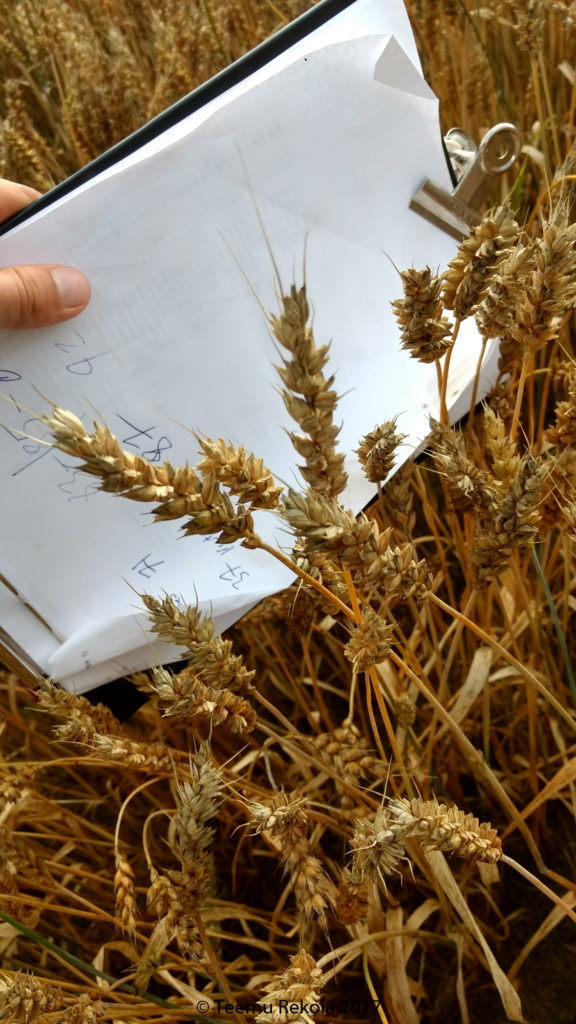
4.9.2017 The growth stage is 83-85. The green color is fading.
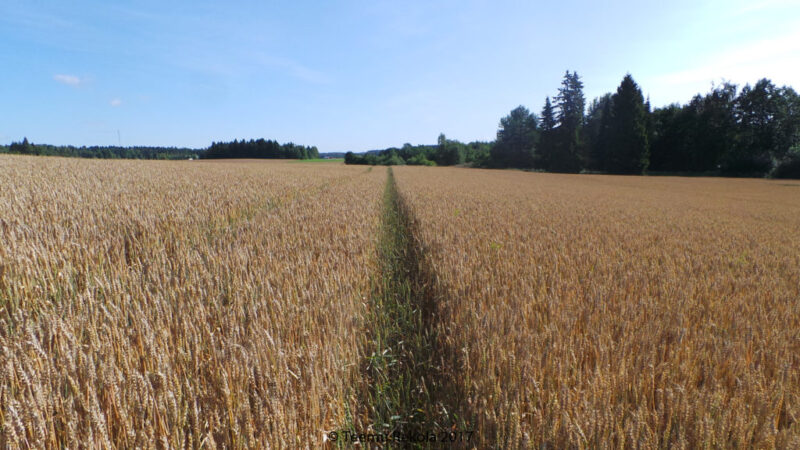
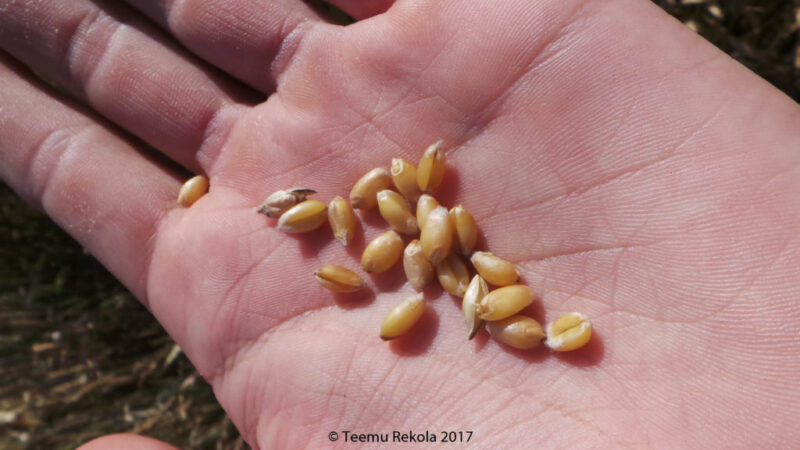

August 28, 2017 The maturation phase is over, and the grains are in the early stage of the dough phase. Growth stage 83-85.
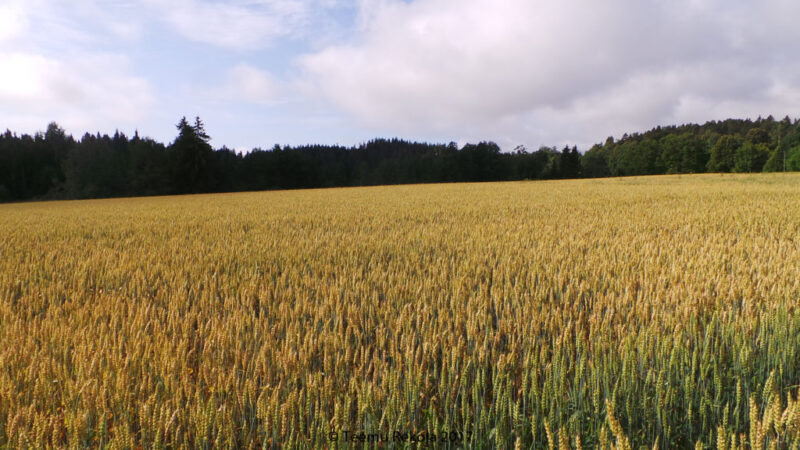
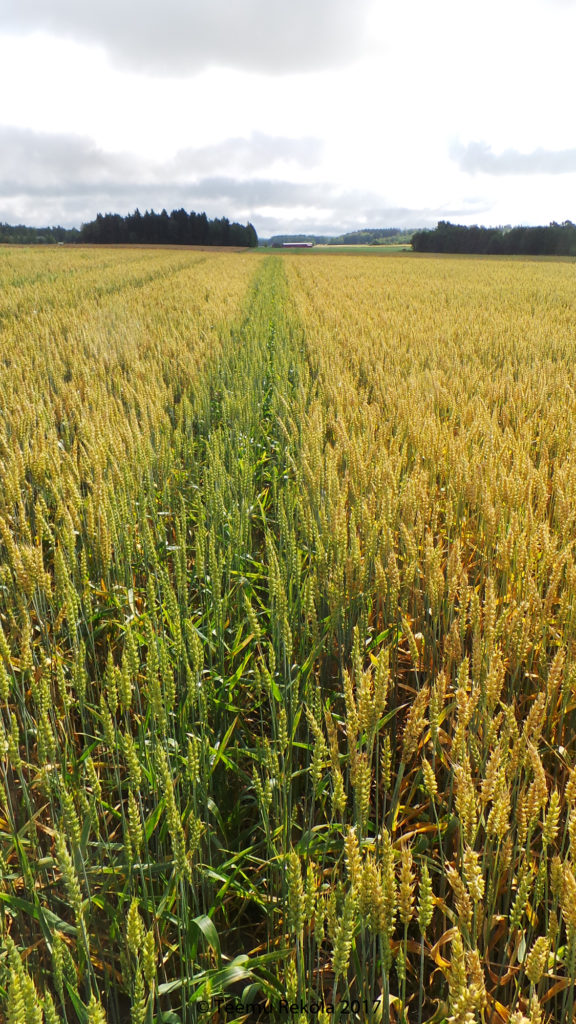
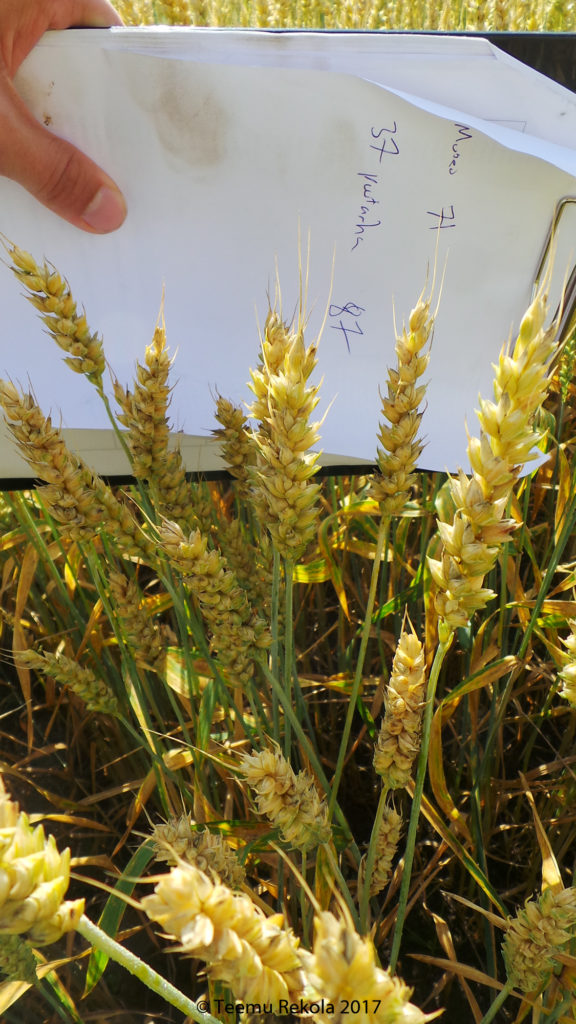
August 21, 2017 Barley grains are at the end of the milk stage, growth stage 75-77.
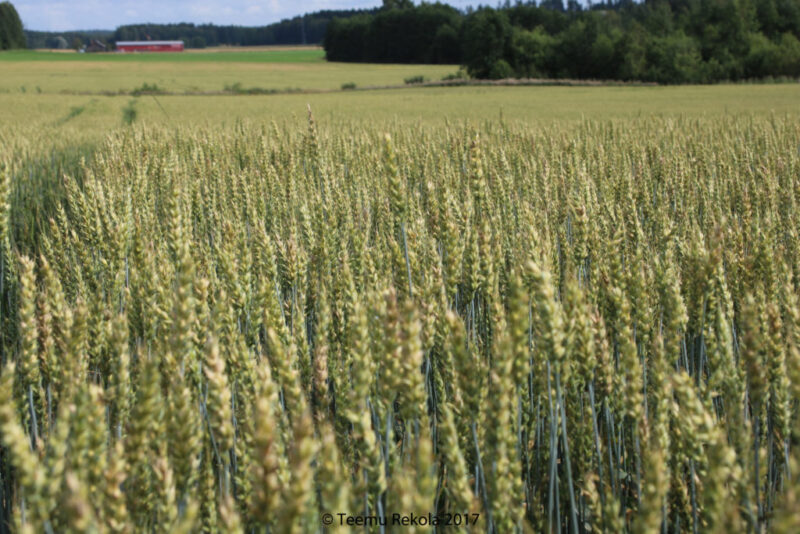
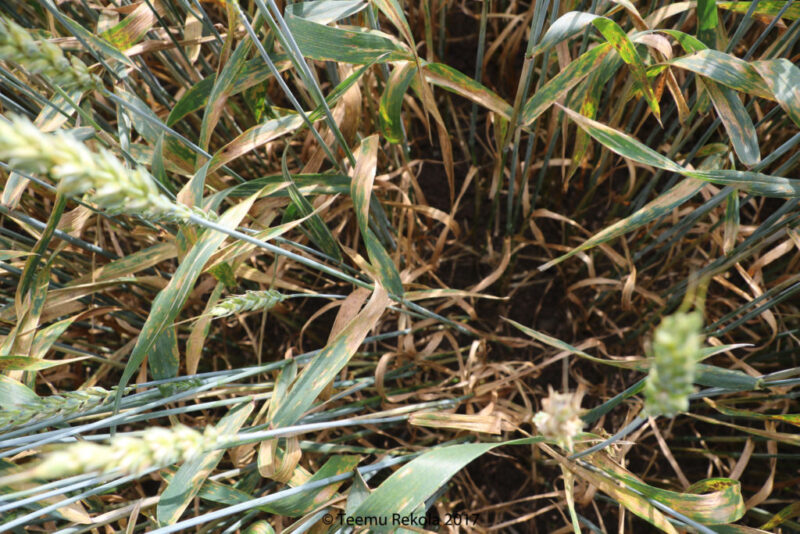
August 14, 2017 The wheat grains are slowly starting to harden, with the growth stage being the medieval milk stage 73-75.
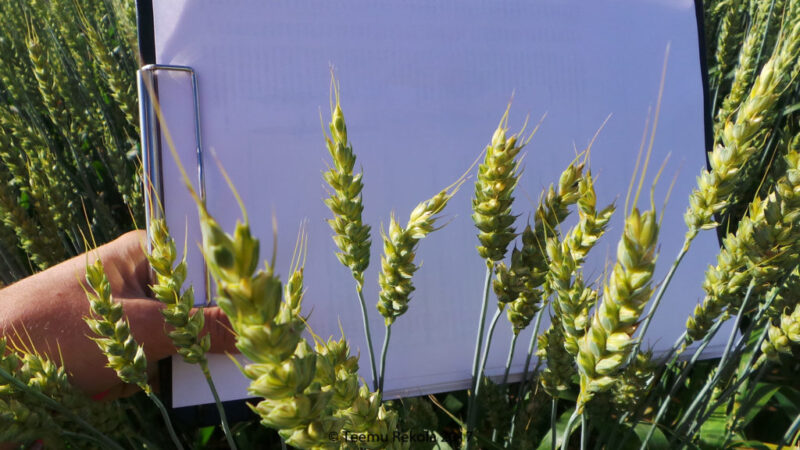

9.8.2017 The growth color changes to light green, and the moon phase rains did not cause the plot to lodge. The growth stage of the wheat is 71-73.


July 26, 2017 Wheat is in bloom, growth stage 65-69.
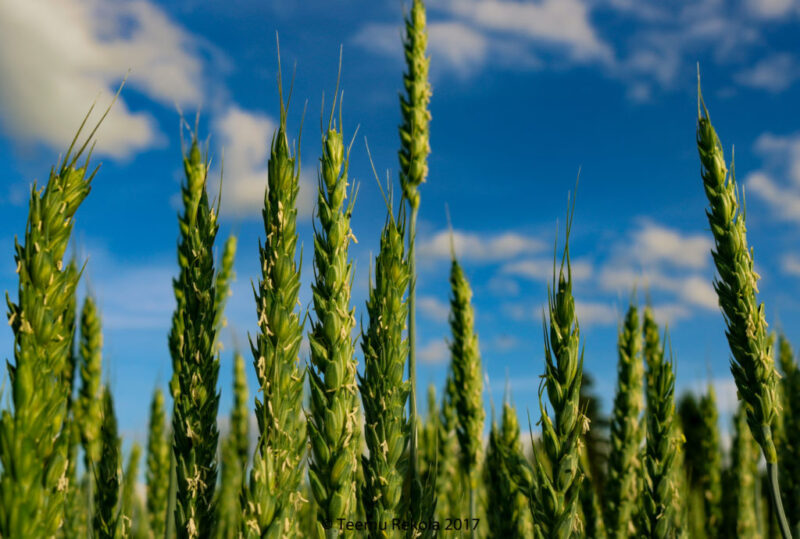
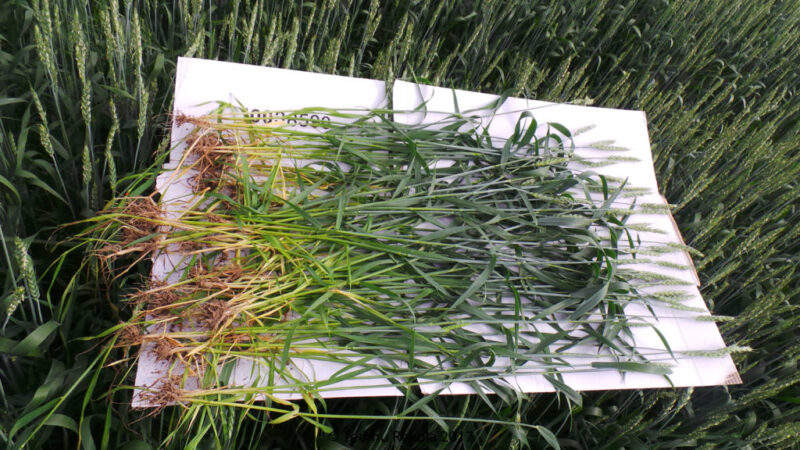
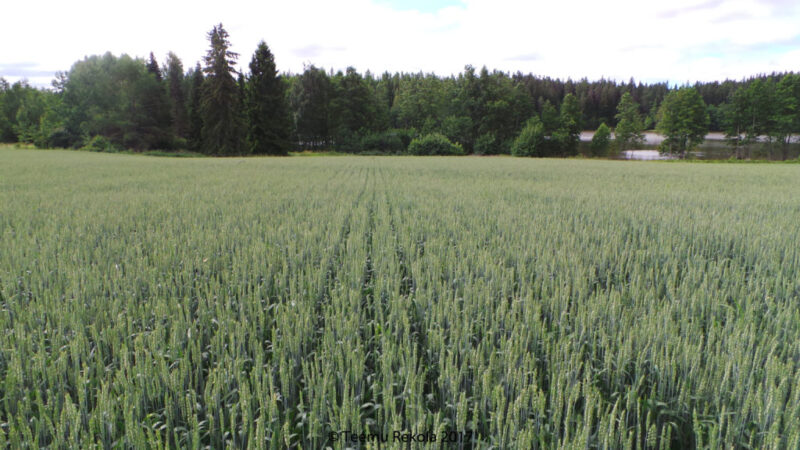
July 20, 2017 The growth stage of the wheat is now 61-65, flowering has begun, and anthers are visible. The height of the plants is about 90 cm.

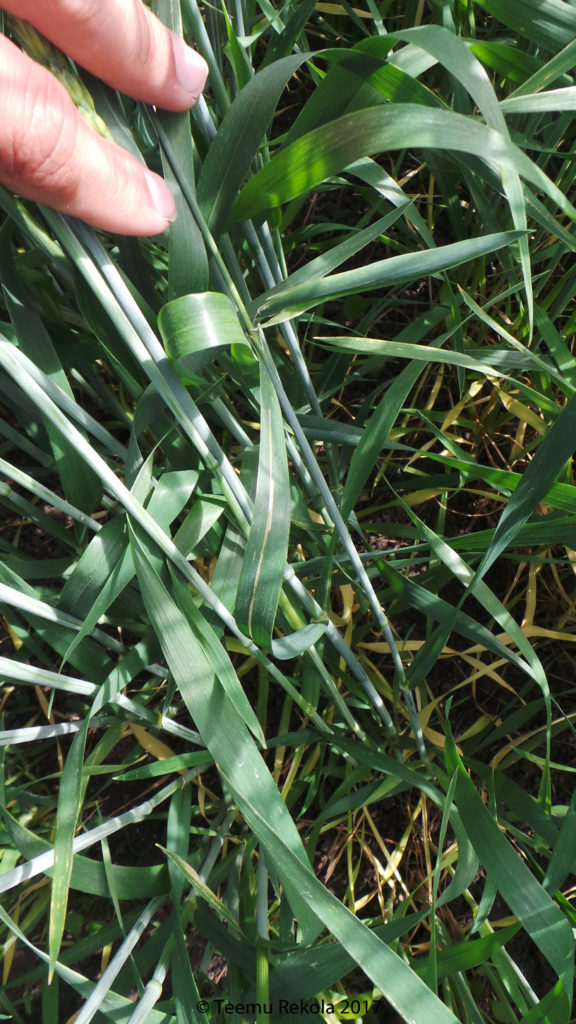
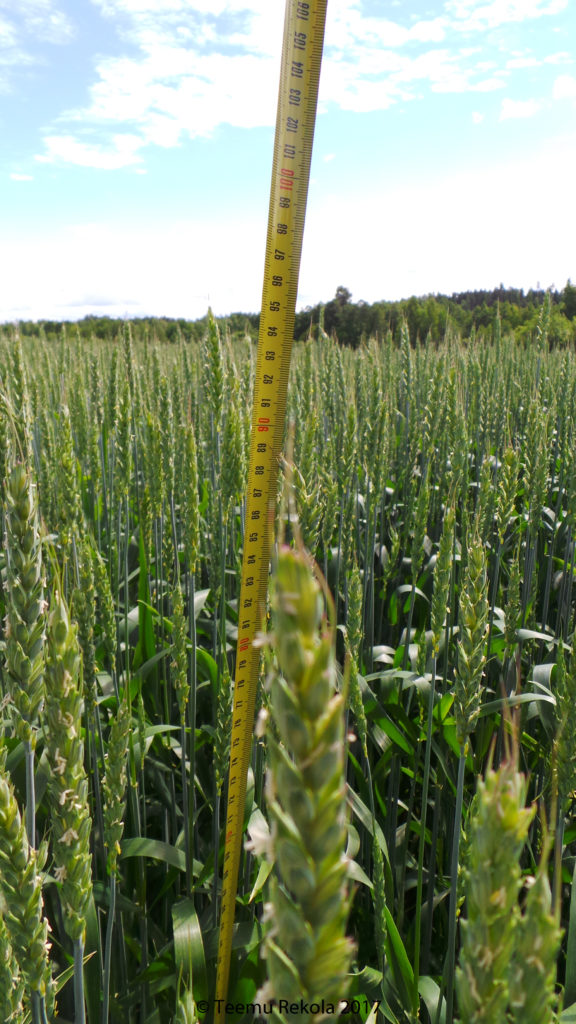
July 14, 2017 Almost all the ears have emerged, growth stage 57-59
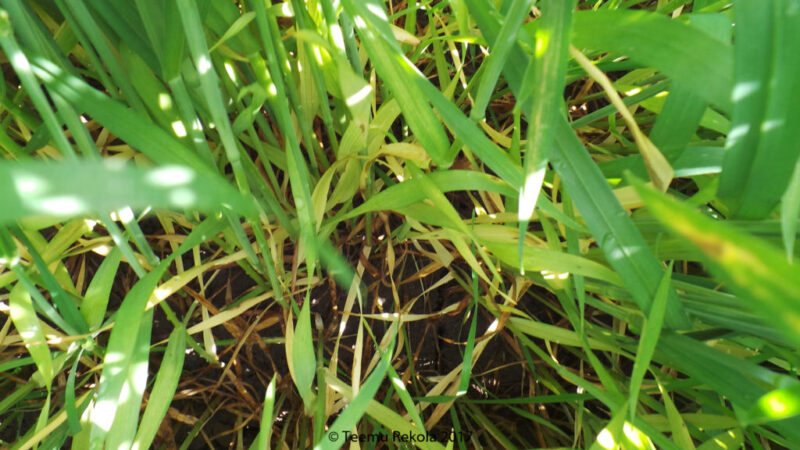
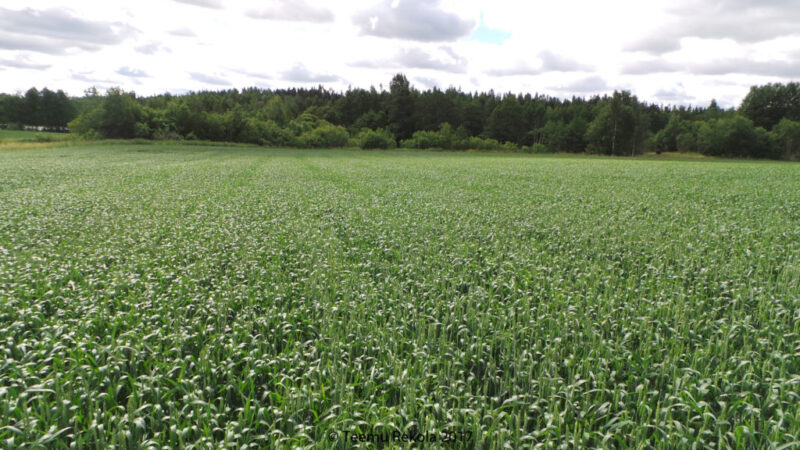
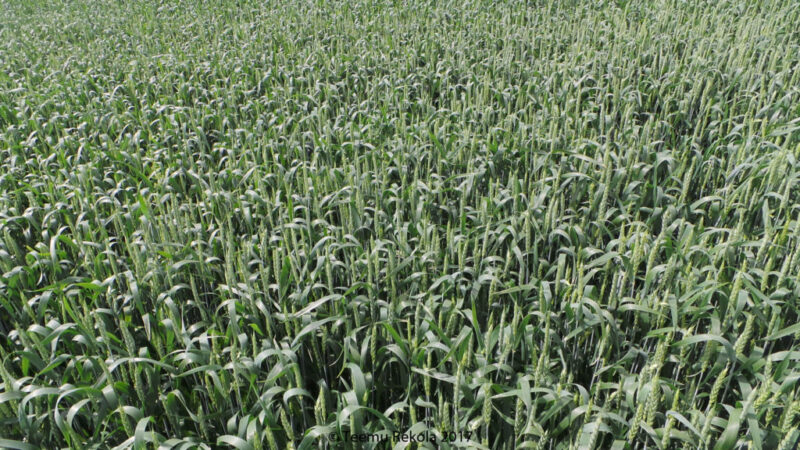
7.7.2017 No symptoms of diseases were found in the growth; those that remained at normal sowing depth have pushed the ear out from the main shoot, while those that are deeper are in the swelling phase of the flag leaf.
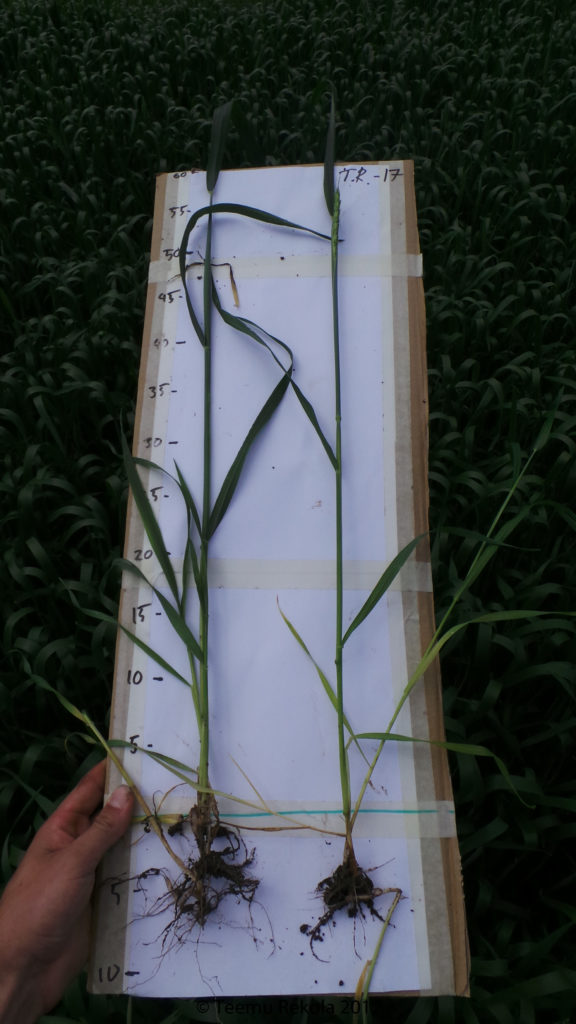
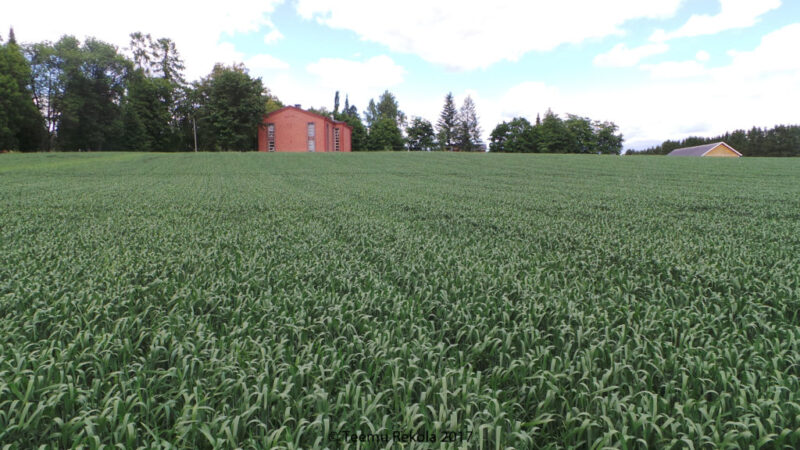
June 29, 2017 Based on the Yara MegaLab analysis from the field, the crop is suffering from a slight boron deficiency.
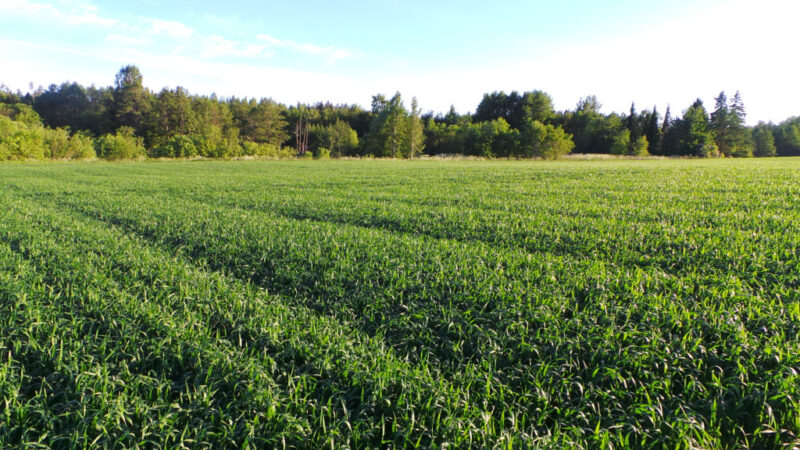

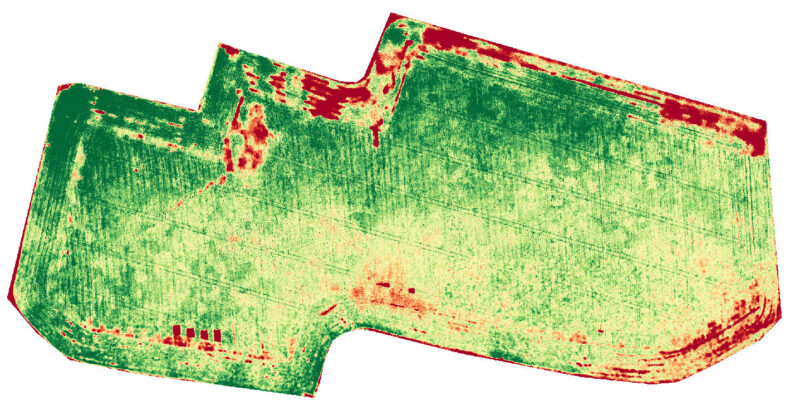

22.6.2017 Kasvusto on edennyt korrenkasvuvaiheeseen, sekä tähkä on muodostumassa korren sisällä.
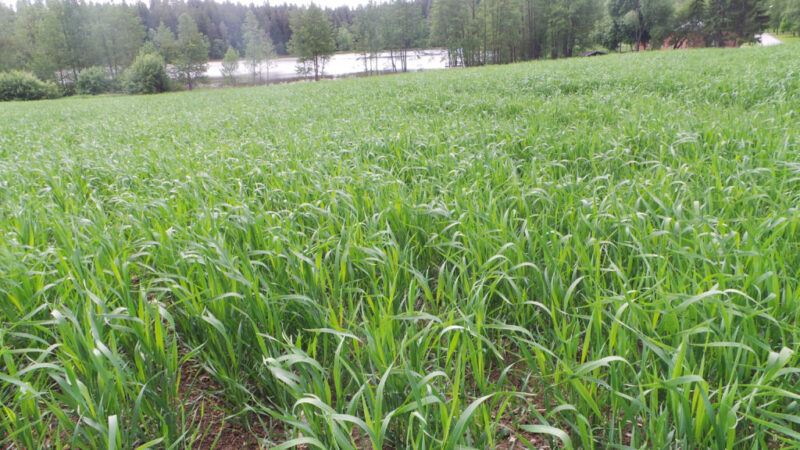
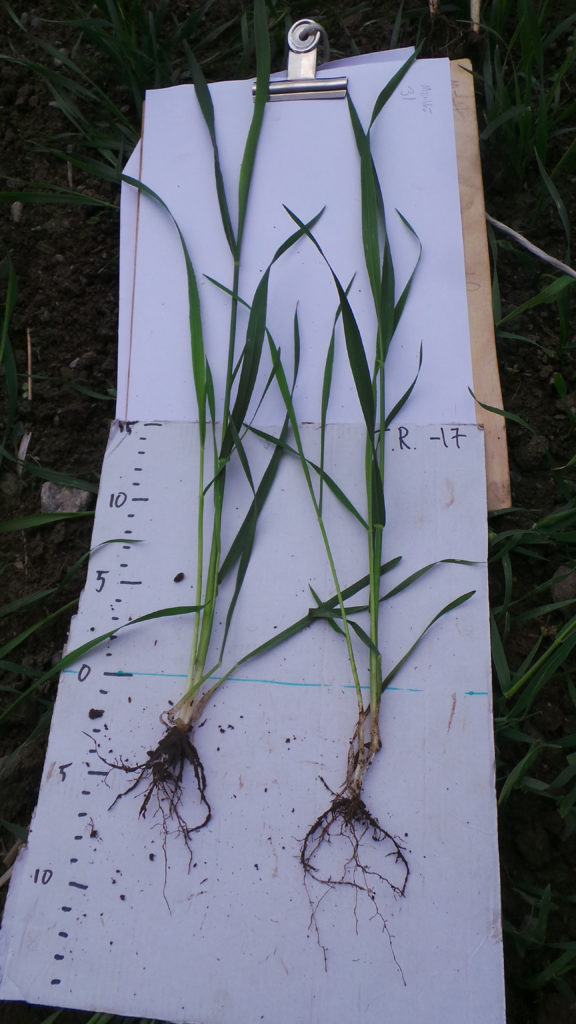
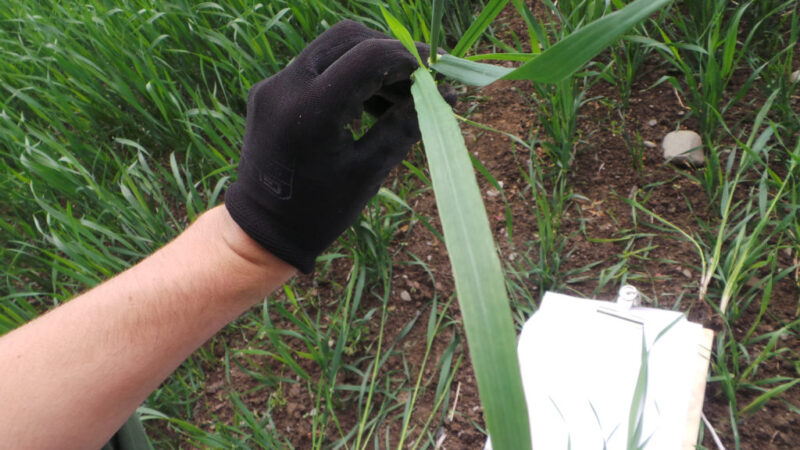
12.6.2017 Wheat has started to form side shoots, growth stage 20-23 (Zadoks). The crop is also gradually closing in.

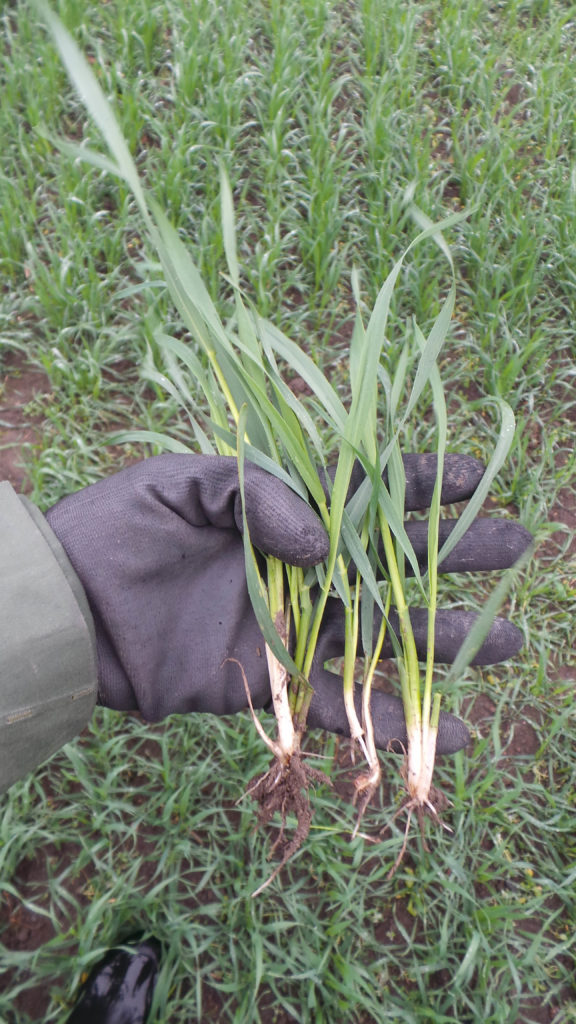
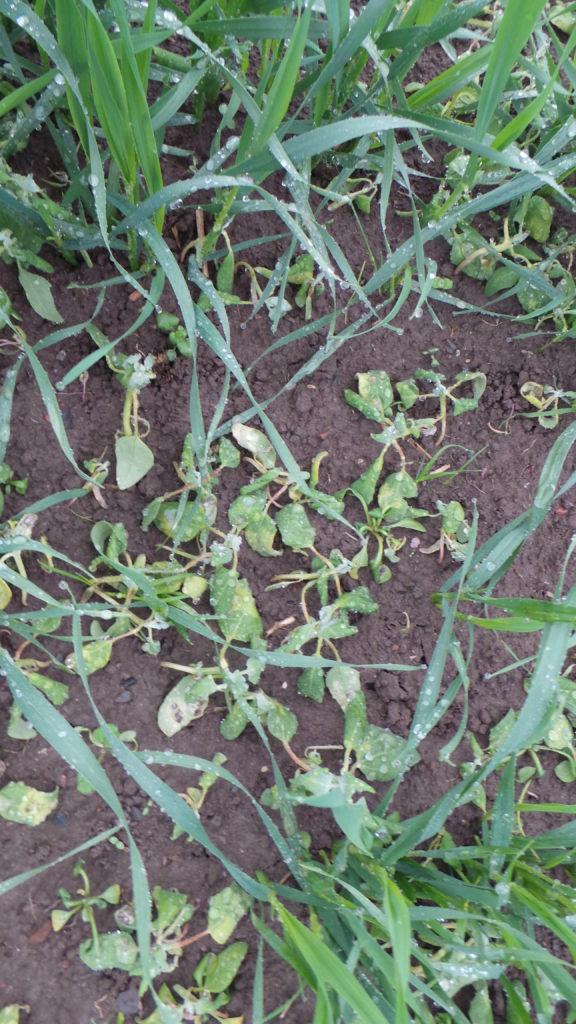
7.6.2017 There are already partially five leaves on the wheat, while some of the plants are in the three-leaf stage, with growth stages (Zadoks) 13-15 in the field.
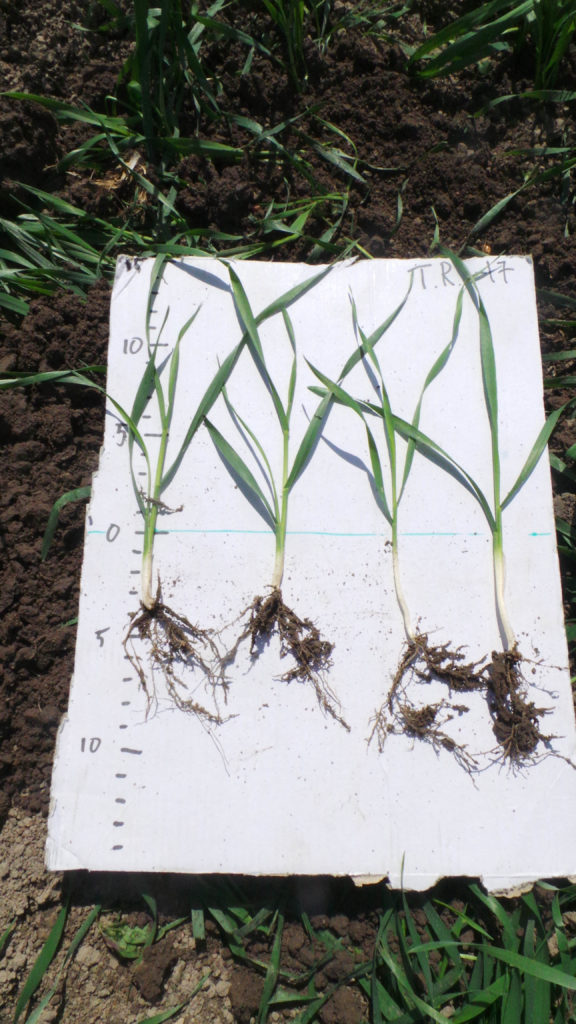
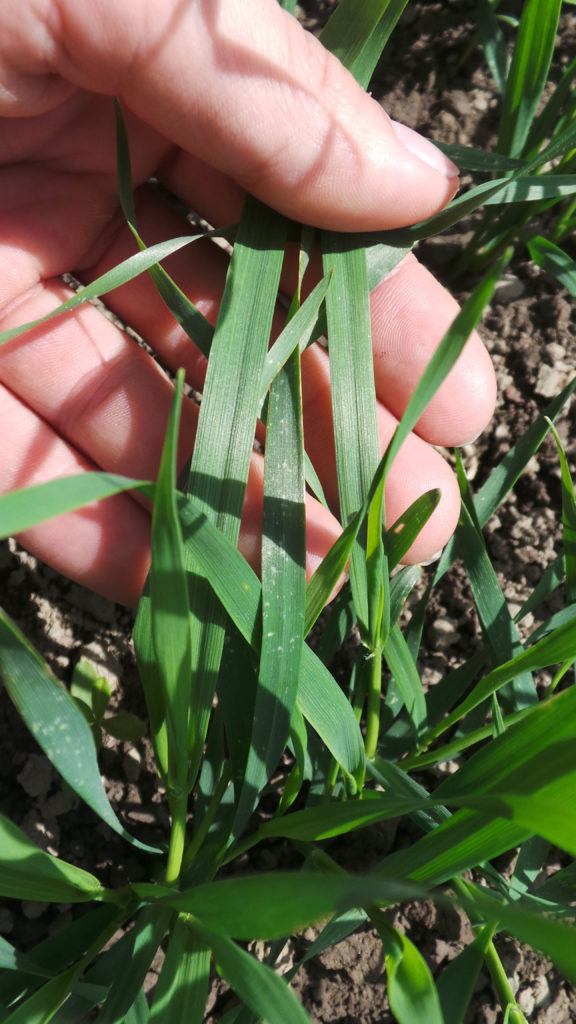
In the northwest corner of the block, there was floury amaranth. A small helicopter can find variations in the block through a mapping flight, based on which a more detailed observation will be conducted by walking on the block.
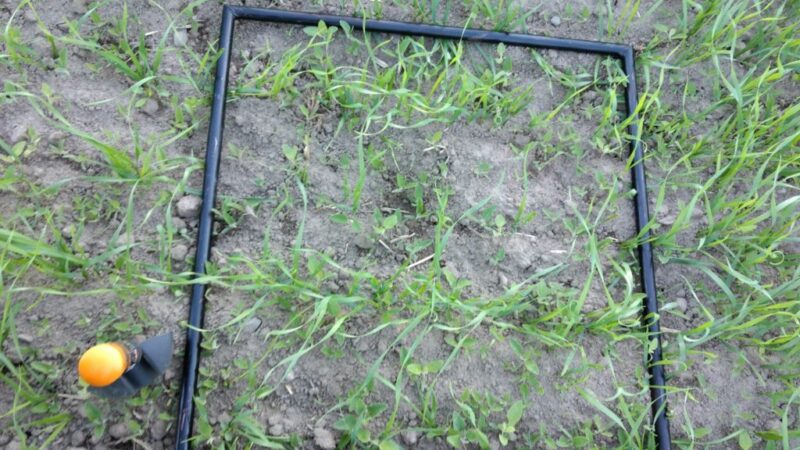
May 30, 2017 The growth of the wheat has progressed. In most of the field, the growth stage varies between 11-13 on the Zadoks scale, with 1-3 leaves emerged on the shoots. There are about 400 shoots per m2. The spring-plowed headland has suffered from drought and has not fully germinated yet.
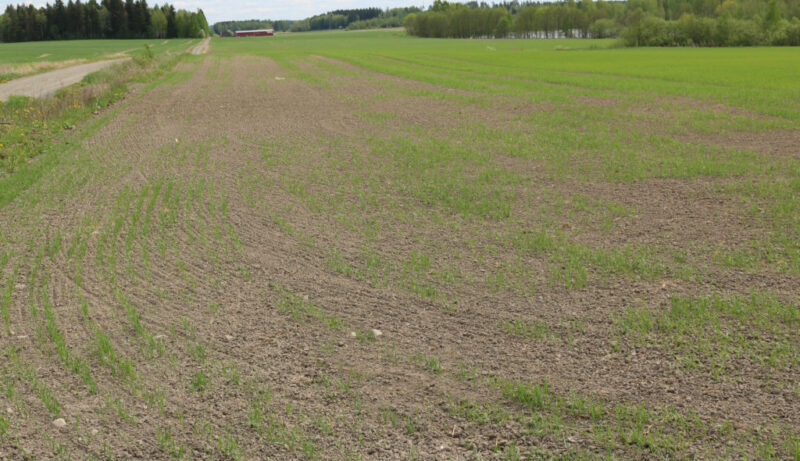
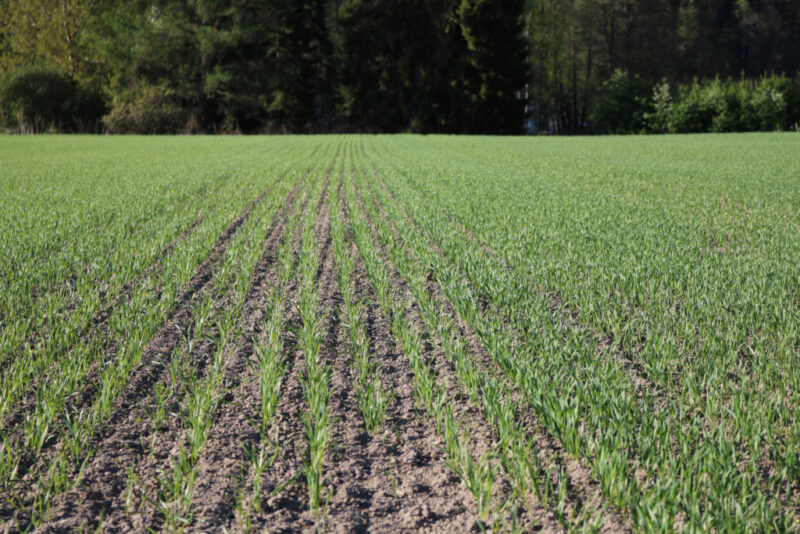
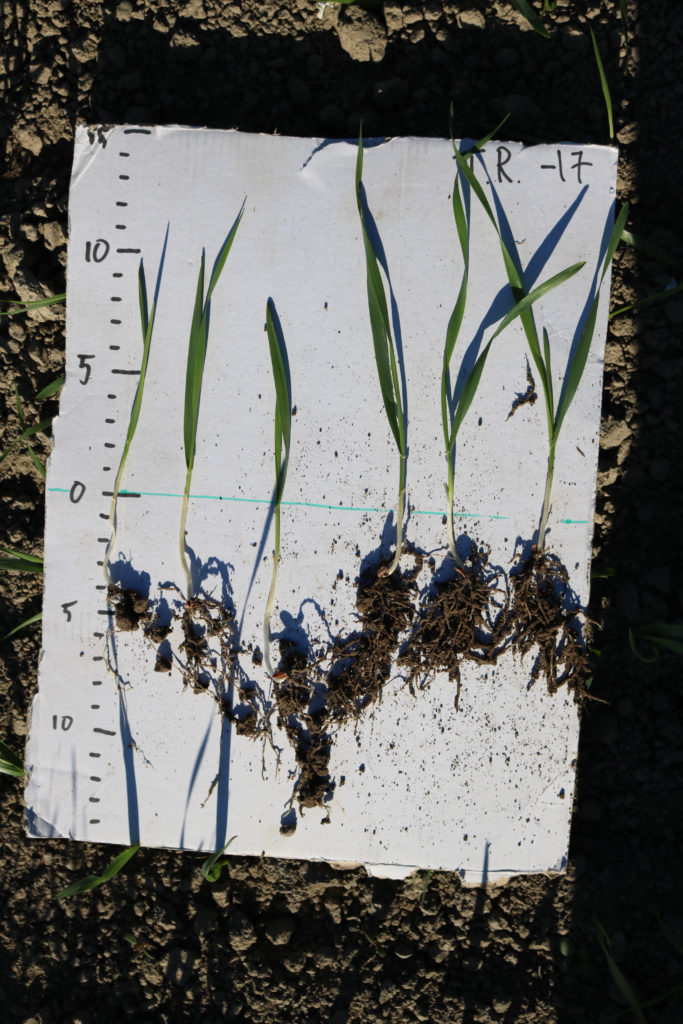
May 30, 2017 The aerial image still shows the line of the wax pipeline construction site after 2 years. The aerial image also reveals some uneven sprouting. It is noteworthy that the majority of what is visible from above is soil, not leaves, even though the vegetation is already 10-15 cm tall.
May 23, 2017 Wheat has partially germinated. There have been adjustments needed in the seeder settings, and the center of the machine has gone deeper than the edges. The growth stage in the field varies from 09 to 11 on the Zadoks scale.
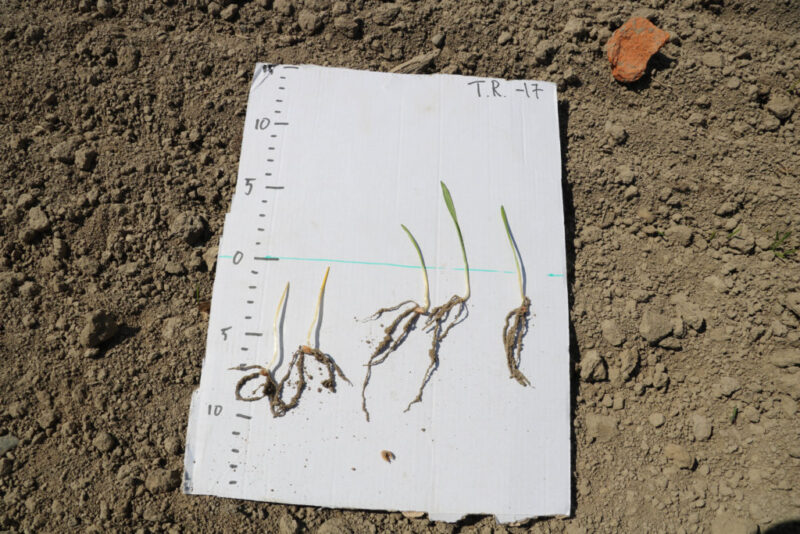
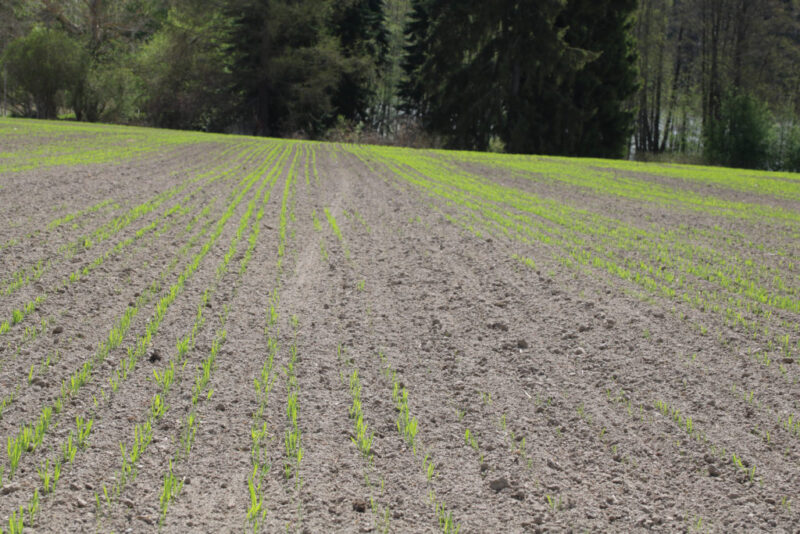
Cultivation measures
Growth block A.
Sowing pea, Ingrid
Growth block C.
Sowing barley, Elmeri (block C)
Collector plant sheep pasture test in autumn 2016:
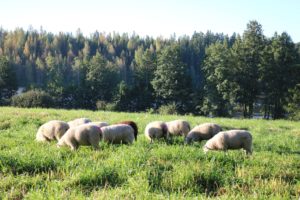

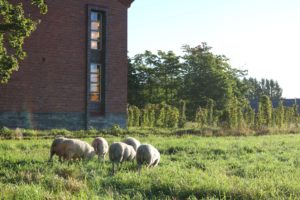
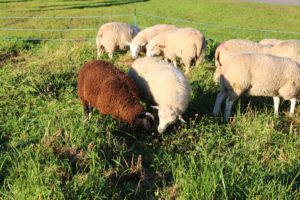
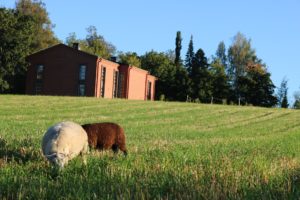
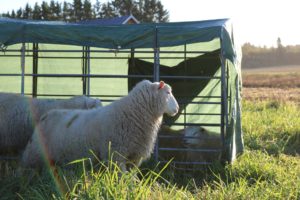
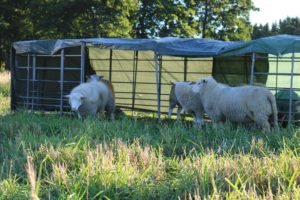
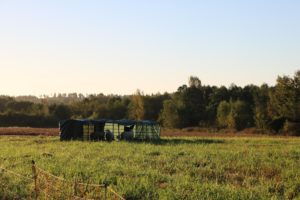
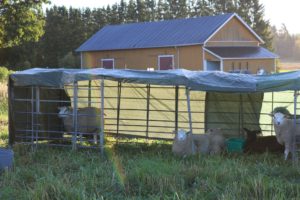

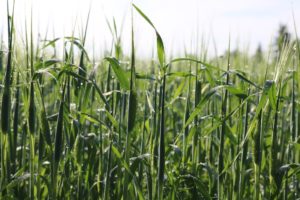
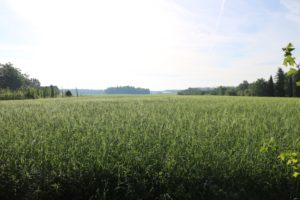
Images from the 2016 growing season
Soil analysis results from the soil testing on November 27, 2020:
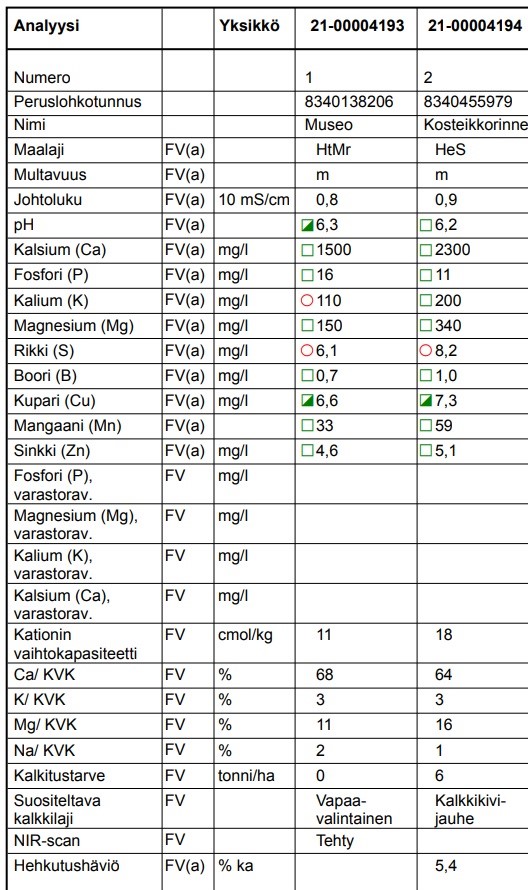
Soil NIR-analysis (27.11.2020)
Näytteenottolinja 2020:

Soil analysis results May 2, 2018:
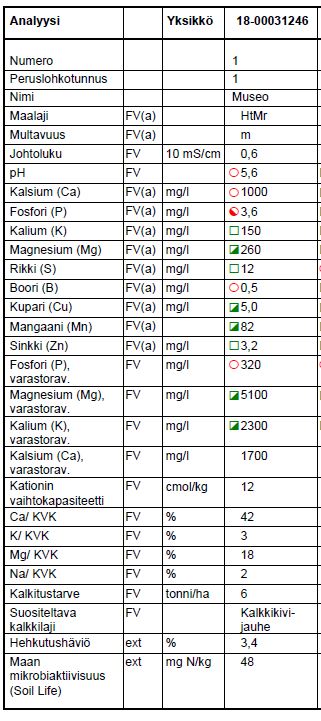
Block 1
Soil fertility research analysis result 2014:
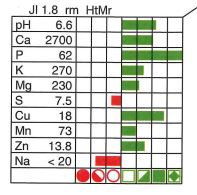
2024 Silage grass
2023 Barley, RGT Planet
2022 Spring wheat, Helmi
2021 Pea Louhi
2020 Silage grass
2019 Silage grass and potato
2018 Oats, Matty (cover crop)
2017 Spring wheat, Amaretto
2016 Peas, Ingrid; Barley, Elmeri
2015 Oats, Akseli
2014 Pasture grass
2013 Pasture grass
2012 Pasture grass, made into silage
2011 Pasture grass, also made into silage
2010 Barley NFC Tipple and grass seed